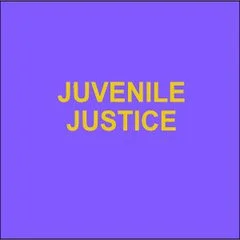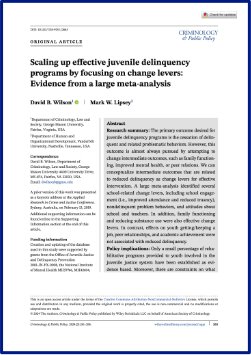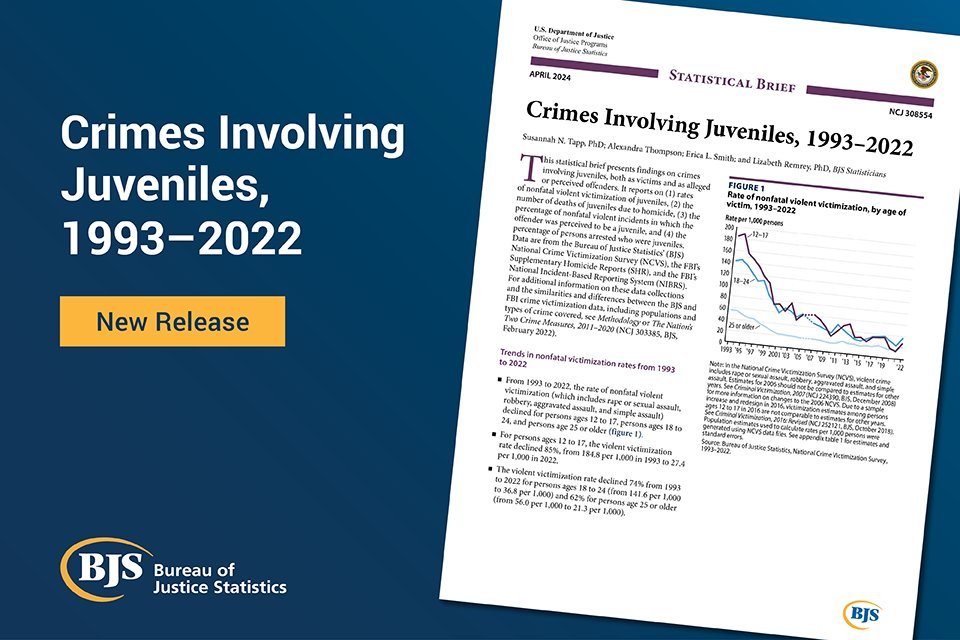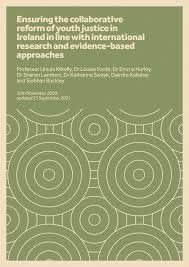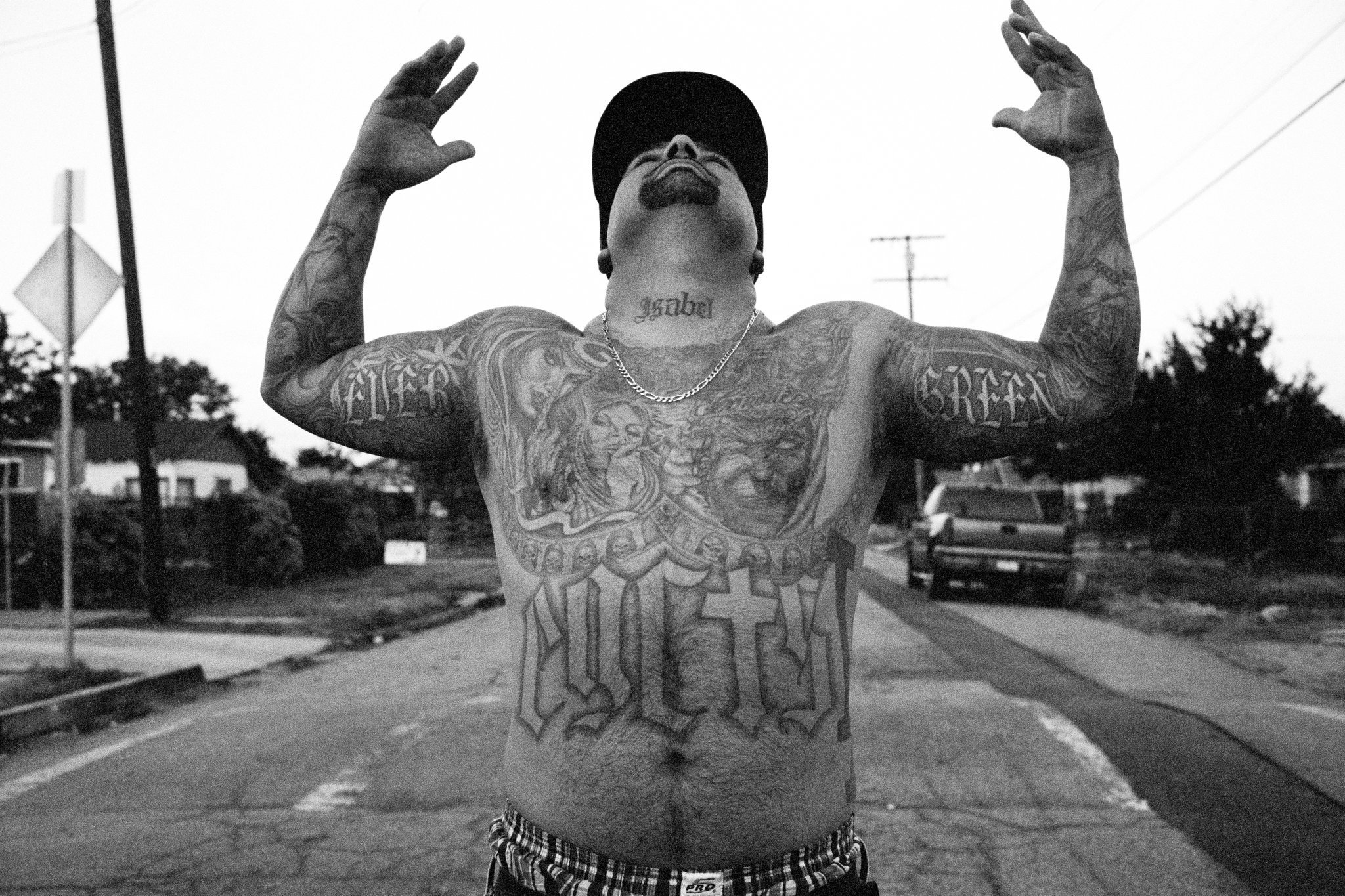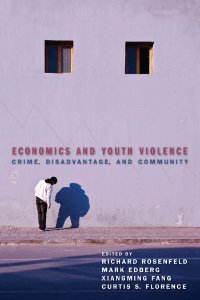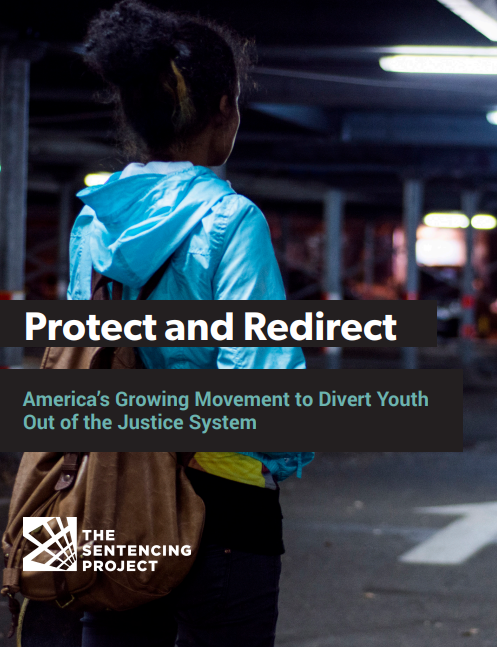By Alliance for Youth Justice, et al.
The establishment of a distinct secure estate for children has been government policy for nearly 25 years. This endeavor began with the transfer of commissioning and oversight of children’s custodial institutions to the Youth Justice Board (YJB) in 2000, and the coming into force of the prison service policy ‘Regimes for prisoners under 18 years old’ in the summer 1999.[1] In September 2017, the Youth Custody Service in the Ministry of Justice was established “as a distinct part of HM Prison and Probation Service” and YJB’s responsibility for child prisons was duly moved across.[2] Over the past 25 years, the number of children in custody at any one time has decreased significantly – from 3,000 at its high point in the early 2000s to under 450 today.[3] However the majority of children are still detained in institutions whose history, culture, and practices originate and in many respects replicate the confinement and punishment of adults. Only 19% of children in custody today are living in secure childcare establishments; the remainder are in prisons.[vii] Moreover, despite successive promises of transformation, children in prison continue to experience significant harm and neglect.[4] Within the overarching, recurring policy goal of transformation, there have been consistent, discrete government and YJB pledges focused on individual aspects of children’s safety and welfare. We have selected 10 pledges for review and analysis: Children will be kept safe Children’s relationships with their loved ones will be supported Looked after children will have their needs met, and their rights fulfilled Solitary confinement will not be used for children Restraint will only ever be used on children as a last resort. Pain-inducing techniques will be reserved for extremely grave incidents Children will have at least 30 hours of education and purposeful activity a week Meals will meet the needs of growing children, and mealtimes will be a social activity All staff will be properly vetted, trained, and supported to enable them to carry out skilled work with children who have multiple needs Children will receive the help and support they need whilst in custody, so they can thrive once they return to the community YOIs and STCs will be permanently closed
London: Alliance for Youth Justice, 2024. 40p.

